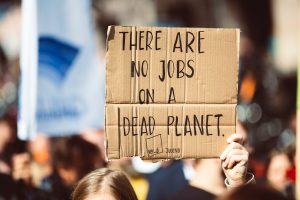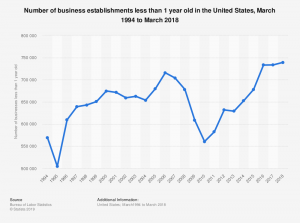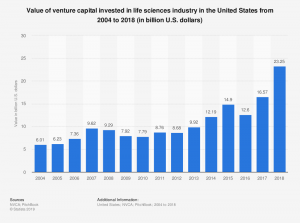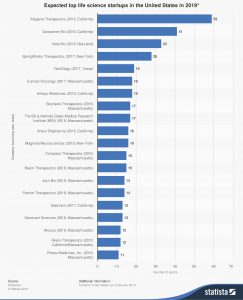 Climate and environmental sector jobs continue to increase as both the public and private sectors focus on research solutions, advocacy, communication strategy, regulatory compliance and new scientific innovations. The sector is also benefiting from long-term trends in cost reduction for alternative energy and a band-wagoning effect among enterprises to improve their environmental efficiency and social impact.
Climate and environmental sector jobs continue to increase as both the public and private sectors focus on research solutions, advocacy, communication strategy, regulatory compliance and new scientific innovations. The sector is also benefiting from long-term trends in cost reduction for alternative energy and a band-wagoning effect among enterprises to improve their environmental efficiency and social impact.
There is ample supporting evidence of opportunities for PhDs, not least the number of jobs advertised consistently in the marketplace. In the past, we have include some career narratives related to conservation in our PhD Career Finder, which we would encourage you to explore.
For a more global perspective on demand green jobs, refer to our SmartJobs post last year. A specific breakdown of the emerging “green workforce” in the United States can be found in this Grantham Instuitute summary report, with a basic illustration in the pie chart below.

For graduate students, PhDs and post-docs there is a breadth of jobs available inside enterprises, research groups, non-profits and government, in the US and globally. The climate needs you.
HSS
Clean Energy Fellow, Third Way
Program Analyst Environmental Health, National Association County City Health Officials
Food Systems Economic Science Fellow, National Resources Defense Council
Senior Government Advisor, Government Relations, Tesla
Kleinhans Fellowship Community Forestry Research, Rainforest Alliance
STEM
Data Scientist, Deep Learning, The Climate Corporation
NGEE – Arctic Vegetation Modeling Post-Doc, Lawrence Berkeley National Lab
Climate Change and Worker Health Science Fellow, National Resources Defense Council
Scientist, Wood Environment and Infrastructure Solutions
Manager, Renewable Thermal Energy & Climate, World Wildlife Fund
Project Manager, Wastewater Facilities, Cambrian Innovation
If there are areas of work you would like us to explore in more depth, please contact at smartjobs@versatilephd.com.
We want to hear from you.
For access to more jobs as well as archived and searchable opportunities, visit our SmartJobs page. Note: SmartJobs access requires a university affiliation. User-generated jobs are open to all members and can be accessed here.











